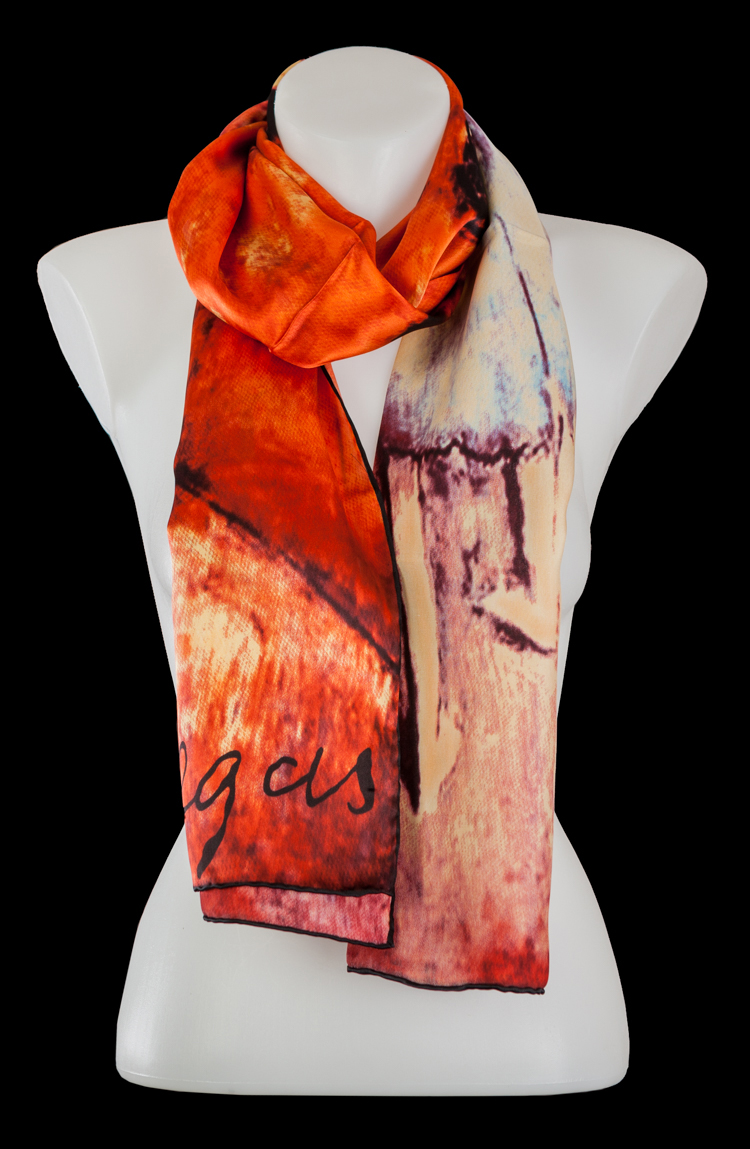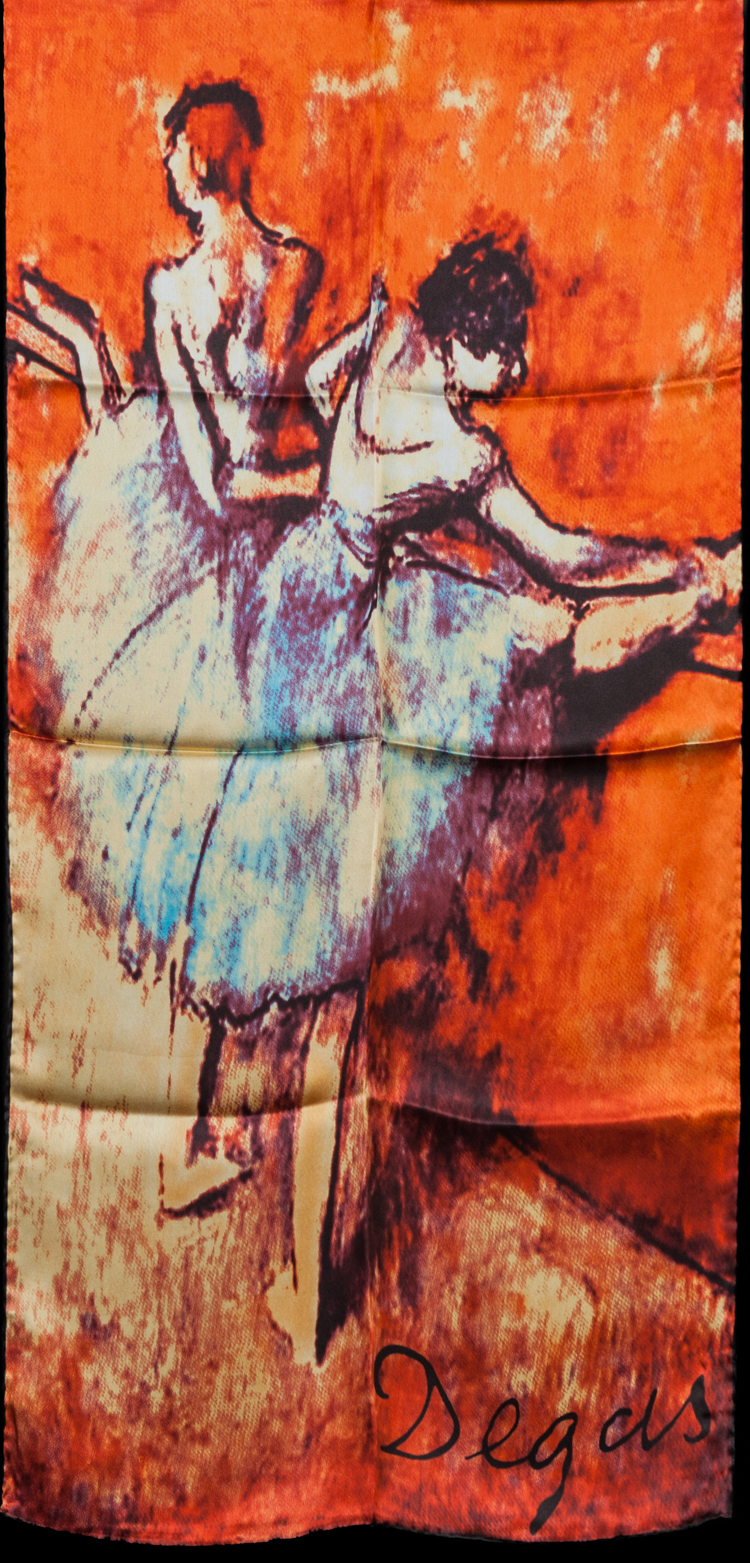Tel : (+33) 4 94 63 18 08
9am - 6pm from Monday to Sunday
Discover the artist's categories
Edgar Degas
Additional cultural and artistic information about the artist
* * *
Main works
The "Dancers," including the famous "Little Dancer of Fourteen Years," "Nudes" coming out of the bath in the tradition of Odalisques, and "Absinthe."
Artistic movements
Impressionism sometimes bordering on hyper-realism.
Inspiration, influence
Ingres for drawing and classicism, and Delacroix for painting. His influence on American painting is very significant, especially on Edward Hopper.
His contemporaries
The Impressionists, but also the artists of his time, like Zola or Berthe Morisot... Tireless talker (with a caustic sense of humor), he loved society and intellectually clashed with his contemporaries...
To keep in mind
Edgar Degas is a painter who, in a certain way, bridged the gap between painting and photography. Like Caillebotte (and his famous "The Floor Scrapers"), he excels at hyper-realism ("The Cotton Office in New Orleans") while working with tight framings and strong foregrounds, allowing him to break free from classicism!
To go further
Master of drawing, in the purest tradition of Ingres, many see Edgar Degas as a bourgeois moralist, upholding the most narrow classicism... However, how can one not see the modernity of the painter in his "revolutionary" compositions (the bathers, the horses) where he does not bother with propriety, but instead gives free rein to his desire to impose his version, his vision!
Biography of Edgar Degas
Edgar Degas
Edgar DEGAS, born Hilaire Germain Edgar de Gas, was born in Paris in July 1834. Son of a prominent noble banking family from Naples who had emigrated to New Orleans (his mother was, in fact, Creole), he entered the Fine Arts after brief legal studies.
Very quickly he acquired immense mastery of drawing, with the line always being one of the main characteristics of his work. His very classical training (after the Fine Arts, he went to Italy and immersed himself in the study of the Quattrocento) and his family upbringing made him a painter of the figure, fascinated by the human being who would never be interested in landscapes.
It should be noted that Degas did not need to sell his paintings to live, so he had a formidable freedom of approach and discovery of the world around him throughout his life, and the choice of his themes reflects this: contemporary, in tune with the times, following the painter's moods...
Horse racing (Longchamp, which opened in 1861, was a study ground for Degas who learned everything about the postures of horses, before and after the race), the dancers of the Paris Opera (a subject that combines culture, movement, and the grace of the human body), and portraits (where Degas' very personal and modern composition is perfectly expressed) thus become the favorite themes of the painter...
While Degas is one of the major painters of the impressionist movement, it is more for his modernity, his nonconformity, and his rebellious spirit than for a true pictorial membership.
From 1870, Degas was affected by an eye disease that would lead to total blindness in 1911 (and mark the end of his artistic life). He would then adapt his art to the constraints of his illness and turn to pastel, interiors, and even sculpture as his vision declined...
He passed away in Paris in 1917, leaving behind an impressive body of work (2000 paintings, not counting drawings, sculptures, and photographs) of rare coherence that make him one of the absolute masters of the 19th century and one of the greatest artists of all time...
(c) Natacha PELLETIER for PASSION ESTAMPES


















